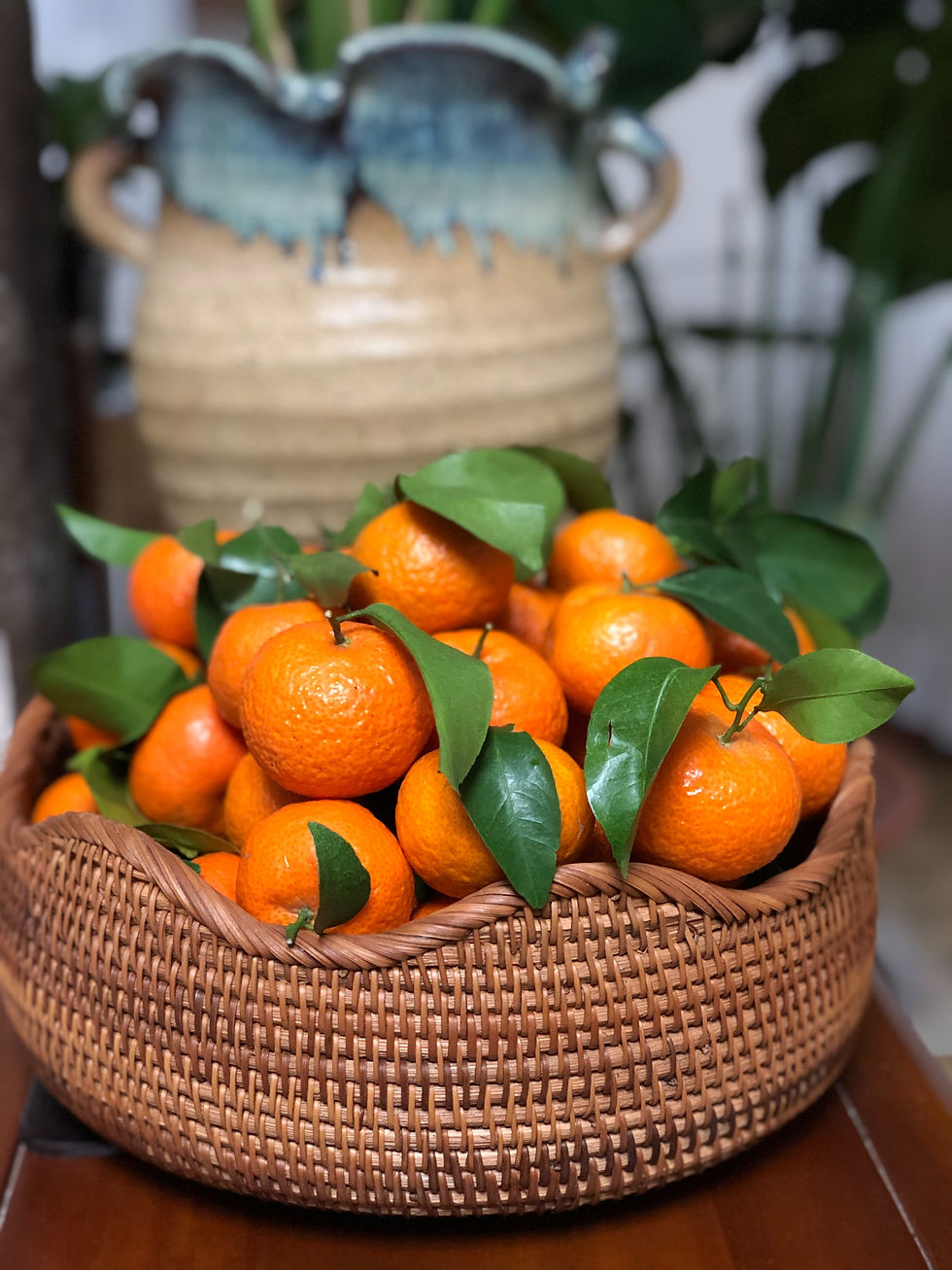RED: Eat the Rainbow
- Laura McDermott
- Mar 23, 2022
- 1 min read

Red foods contain the antioxidants lycopene and anthocyanin. Antioxidants help protect cells from damage, reducing oxidative stress. Oxidative stress is normal at some level in the body, however it becomes damaging when it is not balanced properly with antioxidants. When out of balance, oxidative stress can cause damage to your tissue, increasing risk of injury and disease. (a)
Tomatoes are a great source of lycopene and contain anti-cancer properties. Red cabbage and raspberries are two foods high in anthocyanin and have anti-inflammatory properties.
Other examples of red foods include: raspberries, watermelon, pomegranate, red carrots, guava, grapefruit, papaya, cranberries, red apples, red cabbage, radishes, tomatoes, beets, and other produce.
All of these red foods are sources of electrolytes such as magnesium and potassium, while some contain sodium - all important for athletes, especially when sweating. Vitamins A and C are also found in many of these foods, which help support the immune system. Most of these red foods contain water and fiber, both of which are going to help support your GI system.

Benefits of red foods:
Anti-inflammatory/antioxidants
Support the immune system
Protect cells from damage
Anti-cancer properties
Provide vitamins, minerals and fiber
Recipes with red foods:
Beets:
Strawberry/Rhubarb: Muffins
Tomatoes:
a. https://www.ncbi.nlm.nih.gov/pmc/articles/PMC5908316/



Comments